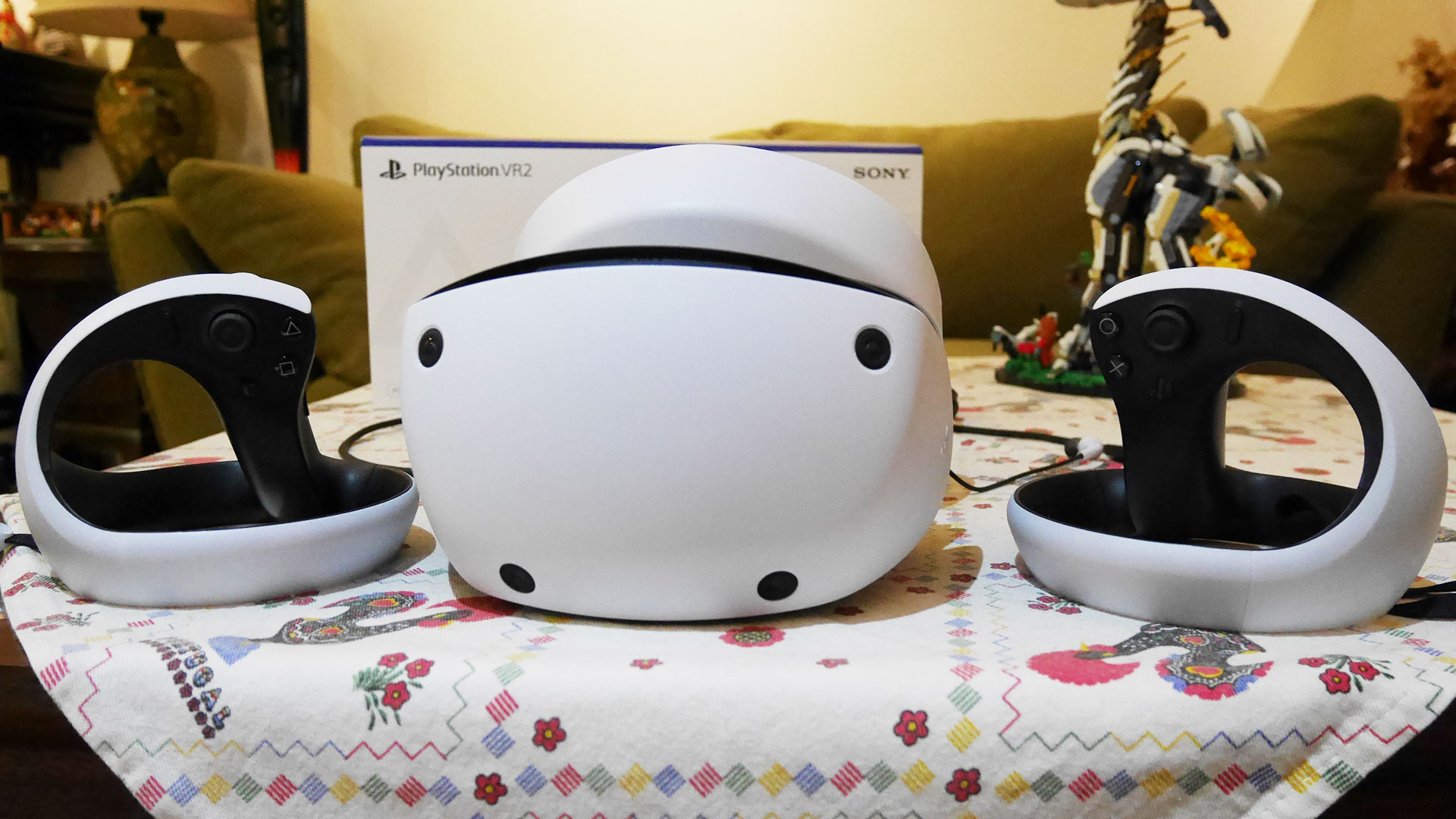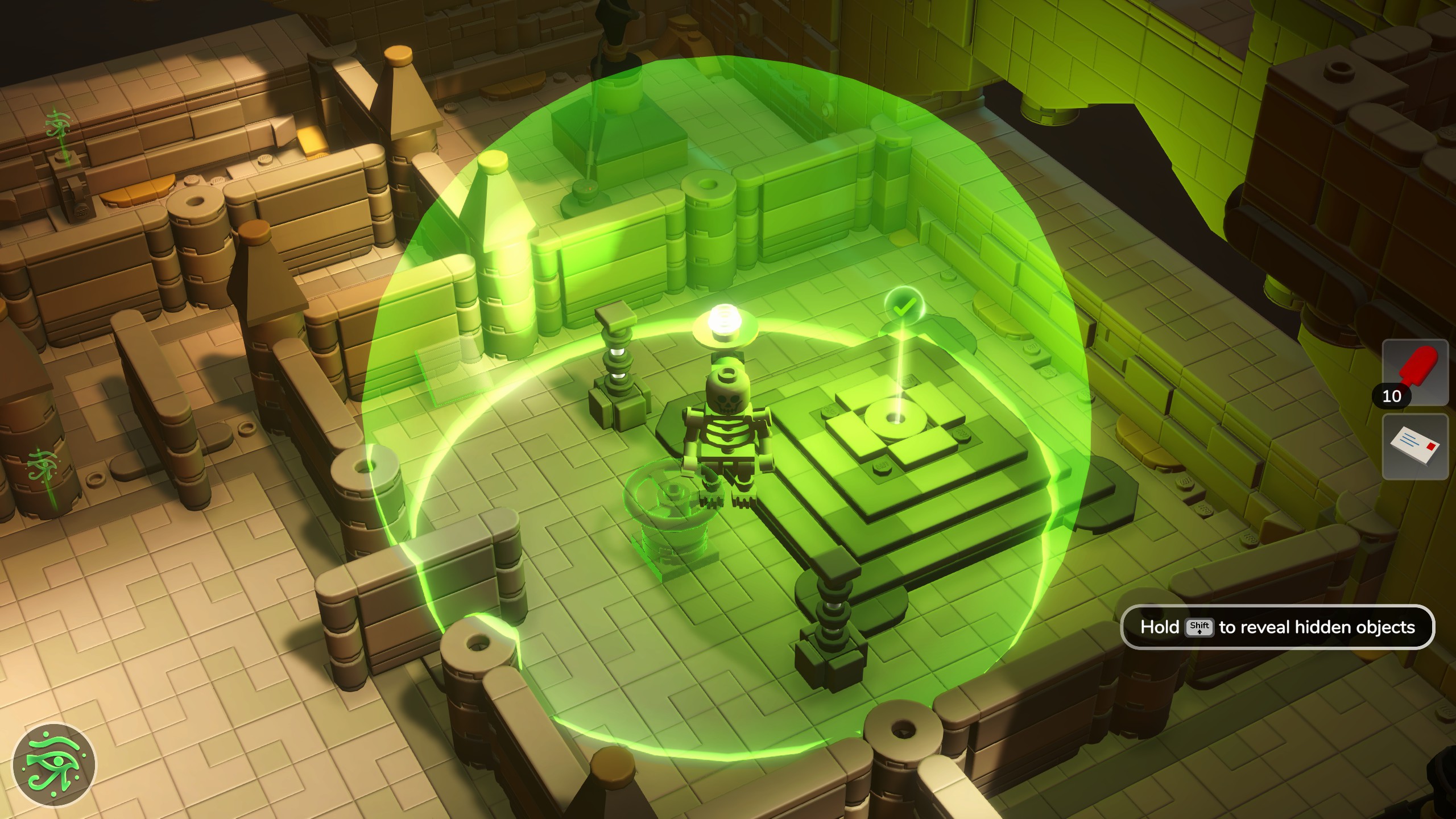

Write what you are looking for and press enter to begin your search!
Live News


Spectre Divide Review: A Fresh Twist With Some Growing Pains
 ">
">
By Lewis LarcombeVerified|September 19, 2024|0 Comment
Platform(s): PC (version reviewed)
Genre: Tactical FPS
Ever had one of those moments where you charge into a game, play a little too recklessly, and end up dying—only to find out that one of your teammates is AFK? You probably wished you could take control of their character and try again, right? Well, Spectre Divide brings that fantasy to life. Sort of…
This new addition to the tactical-FPS world stands out in a genre that’s often lacking in fresh ideas. What sets Spectre Divide apart is its unique mechanic, forcing you to adapt and think quickly. The twist? You get to control two bodies—something you never see in shooters.
As an avid FPS player, I initially thought this game would be just another typical shooter. But Mountaintop Studios pleasantly surprised me. The potential for creative plays in Spectre Divide is a real game-changer, especially for players who thrive on blending tactical strategy with precise aiming.
Most FPS titles require a combination of strategy, communication, and sharp shooting—nothing revolutionary. But what happens when you double everything? Spectre Divide offers the answer, and here’s why it works so well.

At the core of Spectre Divide is its signature “duality” mechanic. You control two bodies: one is your active character, and the other is a spectre that you position strategically during the prep phase. The spectre acts as a passive recon tool, but the real twist is that you can swap between your active body and spectre with the press of a button, giving you the ability to control two different areas simultaneously. This opens the door to various playstyles, from setting up crossfires to watching flanks.
However, the duality feature can be a bit of a double-edged sword. Experienced players from tactical shooters like Siege or Valorant will likely adapt to this mechanic quickly, but for casual or newer players, it might just feel like a second life they don’t fully take advantage of. It’s easy to picture beginners leaving their spectre idle in spawn until their main character dies. While they’ll probably get the hang of it over time, the steep learning curve may be off-putting for those looking for a more laid-back experience.

One of the most intriguing features in Spectre Divide is its “sponsor” system, which meshes perfectly with the duality mechanic. Sponsors provide a variety of utilities—whether it’s smokes, molotovs, recon gadgets, or healing buffs—allowing you to tailor your gameplay. Take Morrgen, for instance; this sponsor gives you access to smokes and molotovs, while others might specialise in shields or recon tools.
The best part? You can stack sponsors, meaning your whole squad can roll out with the same loadout if that’s your strategy. This level of customisation adds a modular, almost sandbox-like element to the game, allowing you to adapt and refine your approach with every match. It’s a welcome layer of strategy that keeps each round feeling fresh.

The gunplay in Spectre Divide is solid—nothing revolutionary, but it hits the right notes. The weapon sounds and overall feedback are satisfying, which is crucial because the way a gun feels can make or break a shooter. Personally, the sniper was the highlight for me—the scope, reticle, and sound were spot on, making every shot feel incredibly rewarding.
Two mechanics that deserve a shoutout are the spray patterns and ADS (aim down sight). The spray patterns are consistent, making it a familiar ground for Counter-Strike vets. As for ADS, it’s similar to Valorant, but without the usual trade-offs. You don’t lose much in terms of speed or fire rate, which makes it a reliable choice in most firefights.

The gameplay in Spectre Divide follows the standard FPS routine—buy your loadouts, place your spectre, and jump into the action. Each of your two bodies gets its own loadout, and they’re well-balanced to keep things fair. However, the pace of the game feels like it’s stuck in second gear. The maps are huge, clearly designed for 5v5 matches, but with only 3v3 teams, the action slows to a crawl.
For players like me who love flanking, the sluggish movement can be frustrating. It often feels like you’re hauling a load with every step. And while the duality mechanic adds an exciting layer of strategy, it tends to overshadow traditional FPS tactics, which might leave players craving more speed and fluidity.

Visually, Spectre Divide has a vibrant 2.5D animation style that won’t appeal to everyone, but it works for what the game is aiming for—a futuristic vibe with a bit of a stylised touch. However, it can be hard to distinguish enemies from teammates in the heat of battle, though teamkilling isn’t an issue unless you’re keen on throwing a molly at your friends.
Performance is an area where I found the game to struggle. I’ve been playing on my Lenovo Legion 5i, a solid gaming laptop that runs a 12th-gen i5, 16 GB of RAM, and an RTX 3060 Laptop GPU. Despite the arsenal of components this laptop runs on, I found myself having to play on the lowest graphic settings while re-scaling my resolution to 70% just to get 100 FPS consistently. While I am one of those gamers who will always opt for performance over graphics, the de-scaling really does mess with how the models look at a distance so I do not recommend doing it if you’re wanting to play competitively. Despite all of that though, with 128-tick servers, the experience felt fluid and responsive.

Spectre Divide brings an innovative twist to the tactical FPS scene with its dual-body mechanic and modular gameplay options. For those who enjoy deep strategy and tactical depth, this game provides plenty of opportunities to flex those mental muscles. However, the steep learning curve and slower-than-expected pace might frustrate players looking for a more fast-paced experience. While the game shines in its creativity, it stumbles in areas like movement fluidity and performance optimisation.
For fans of tactical shooters looking for something different, Spectre Divide is worth a try, but it may not hook everyone. A score of 70 reflects a game that’s brimming with potential but needs more polish to truly stand out.
Review copy provided by the publisher.

By Kenn LeandreVerified|March 5, 2019
While 2018 was the year that the battle royale genre really hit it big with Fortnite and PUBG dominating the gaming sphere, 2019 is shaping up to be i...

By Jonathan ToyadVerified|February 21, 2023
Review originally published on 16 February 2023. This review is brought forward since the device is available for purchase this week. From PlayStat...

By Jonathan ToyadVerified|October 11, 2022
Platform(s): PC, Xbox Series, Xbox One, PS5, PS4, Nintendo Switch Genre: No-pressure LEGO building simulator with themed worlds Most LEGO games ar...

By Jonathan Toyad|April 9, 2025

By Kakuchopurei|April 2, 2025

By Kakuchopurei|March 31, 2025

By Jonathan Toyad|March 28, 2025

By Jonathan Toyad|March 20, 2025

By Kakuchopurei|February 17, 2025

By Ali'sha Harris|February 16, 2025

By Lewis Larcombe|April 11, 2025

By Lewis Larcombe|April 10, 2025

By Jonathan Toyad|April 10, 2025

By Jonathan Toyad|April 9, 2025

By Kakuchopurei|April 2, 2025

By Kakuchopurei|March 31, 2025

By Jonathan Toyad|March 28, 2025

By Jonathan Toyad|March 20, 2025

By Kakuchopurei|February 17, 2025

By Ali'sha Harris|February 16, 2025

By Jonathan Toyad|April 9, 2025

By Kakuchopurei|April 2, 2025

By Kakuchopurei|March 31, 2025

By Jonathan Toyad|March 28, 2025

By Jonathan Toyad|March 20, 2025

By Kakuchopurei|February 17, 2025

By Ali'sha Harris|February 16, 2025
Copyright @ Kakuchopurei 2025